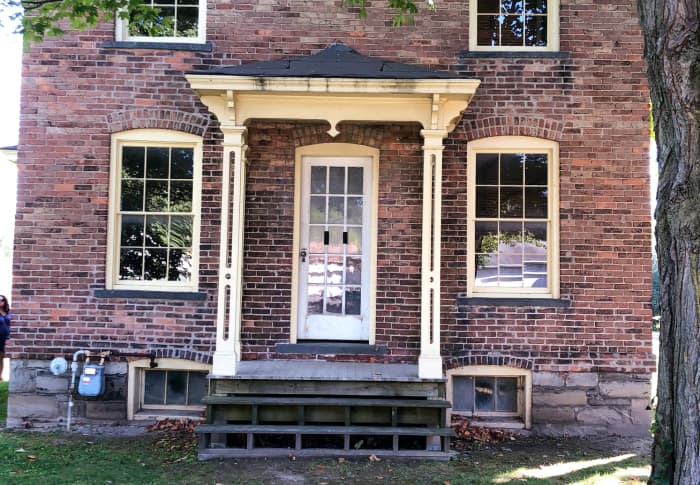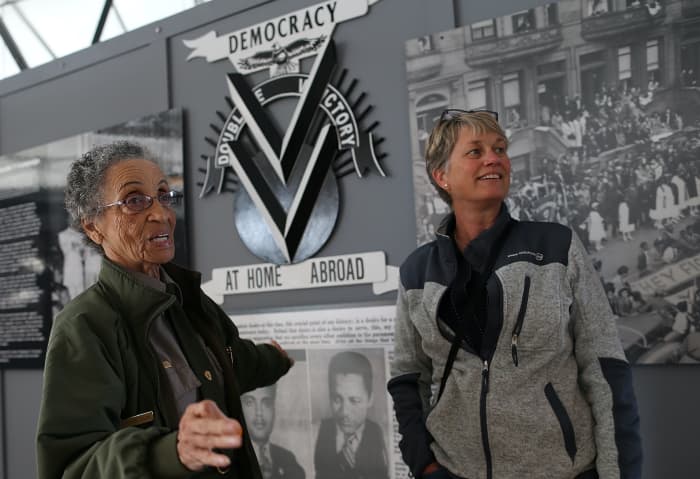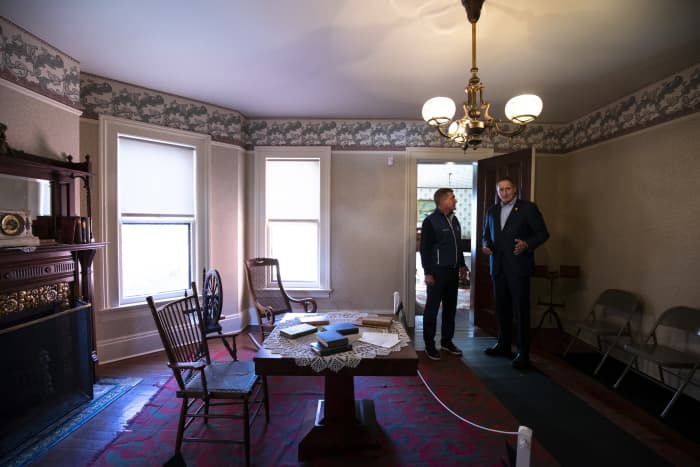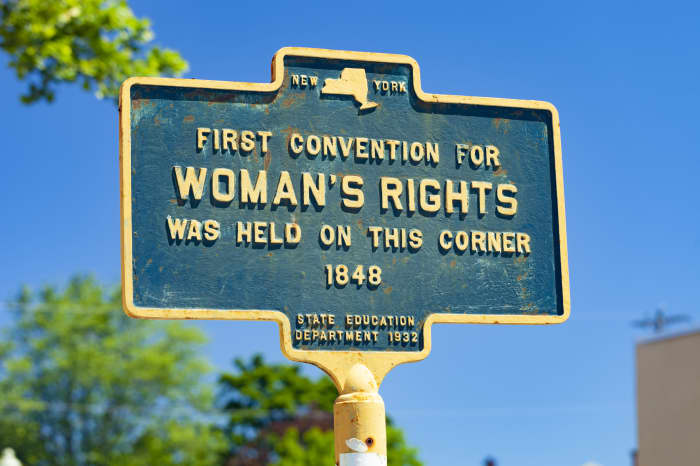This post was originally published on this site
Women’s History Month is the perfect time to highlight places across the country that honor the women who made amazing marks on U.S. history. Want to experience the lives of iconic women firsthand, or step into a landmark you’ve only seen in history books? Pay a visit to these cities, where the historic sites of women’s history are not only preserved, they’re revered.
1. Auburn, N.Y.: Harriet Tubman National Historical Park
From a self-emancipated slave to a conductor on the Underground Railroad, Tubman’s story continued in New York state. In 1859, she bought a farm from William Seward, a New York senator, but didn’t settle into her new home just yet. She was busy moving her family down from Canada. Then during the Civil War, she was a Union Army spy, scout and nurse. Upon returning, Tubman donated land to the African Methodist Episcopal Zion Church to open a home for elderly African-Americans. In January 2017, the church and both homes became Harriet Tubman National Historical Park, a unit of the National Park Service.

Harriet Tubman’s home in Auburn, N.Y.
istock
See: Biden revives plans to put Harriet Tubman on $20 note
2. Richmond, California: Rosie the Riveter National Historical Park

National Park Service ranger Betty Reid Soskin, left, talks with a visitor at the Rosie the Riveter/World War II Home Front National Historical Park in Richmond, Calif., in 2013. At the time, Soskin was the oldest full-time National Park Service ranger in the U.S. Currently, Soskin is working intermittently at the park’s visitor center.
Getty Images
Established in 2000, the Rosie the Riveter/WWII Home Front National Historical Park is a National Park Service site that has many remaining connections to what these civilians did for the war effort. See a Ford
F,
assembly plant, which put finishing touches on tanks and military combat vehicles, and the SS Red Oak Victory, the last surviving ship built in the Kaiser Shipyards. Find two child care facilities and a hospital for shipyard employees. At the Visitor Education Center, see exhibits and films and meet real-life “Rosies,” usually there on Fridays.
Also see: The 5 best—and affordable—places to live in California
3. Rochester, N.Y.: The National Susan B. Anthony Museum & House

Susan B. Anthony’s home in Rochester, N.Y.
Getty Images
If the walls of The National Susan B. Anthony Museum & House could talk, they would say much about the reformer who lived here for 40 years. Here, she was arrested for voting in 1872 (which was, for her, illegal). Twenty years later, Anthony became president of the National American Woman’s Suffrage Association and made the Anthony residence its headquarters. It’s also where Susan left her legacy, dying in 1906 at age 86.
Also see: Women deserve respect around money and investing. Checking these 5 biases is a good place to start.
4. Lexington, Kentucky: Mary Todd Lincoln House
Often remembered for her White House years with her hubby, Mary Todd Lincoln has a special place of her own—literally. Her girlhood home, now the Mary Todd Lincoln House, was the first house museum in the U.S. to honor a first lady. Raised in a prominent Kentucky family, Mary mingled with politics way before meeting Abraham. Her father, Robert, was a state legislator, justice of the peace, and a Lexington city councilman. Following his death, the Todd family moved out. Their home went through many uses over time—from storage space to a boardinghouse—until finally becoming a museum in 1977.
Read: Why you should chuck it all and move to Alaska
5. Seneca Falls, N.Y.: Women’s Rights National Historical Park

A historical marker where the first Women’s Rights Convention was held in Seneca Falls, New York in 1848.
istock
Within this village, on July 19 and 20, 1848, the first women’s rights convention—known as the “Seneca Falls Convention”—met. Held at the Wesleyan Chapel, which still stands at the Women’s Rights National Historical Park, suffragist Elizabeth Cady Stanton declared that all women deserve full citizenship—including the right to vote. On the second day, a Declaration of Sentiments recorded other sought-after women’s rights, including owning property, custody of their children and access to higher education. Connected sites include Stanton’s house, also in Seneca Falls; the M’Clintock House, where the declaration was drafted, and the Hunt House in nearby Waterloo, which hosted a get-together that initiated talk of holding this convention.
Read the original article on Livability.

